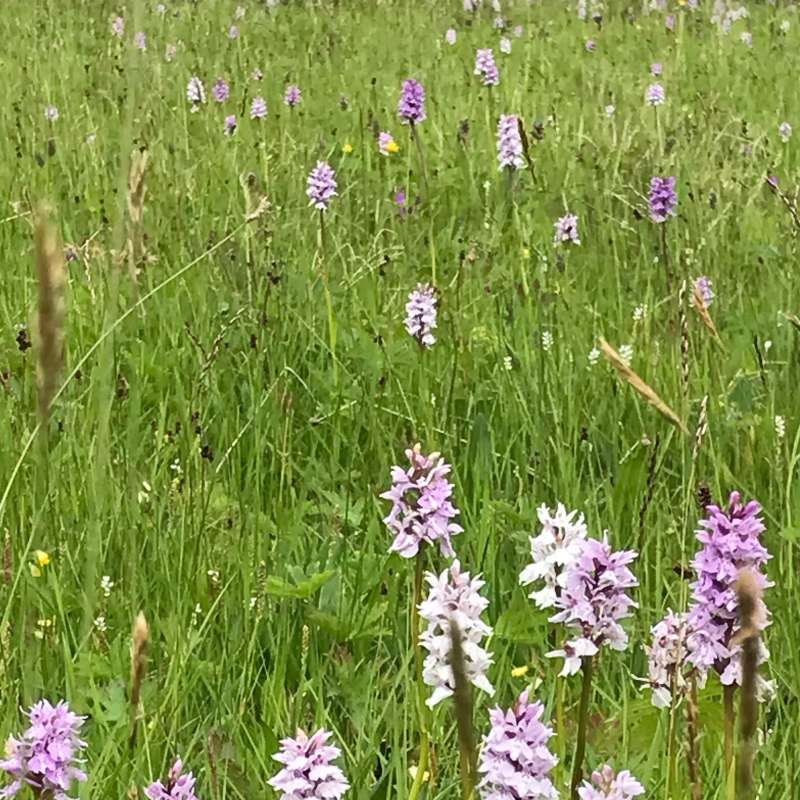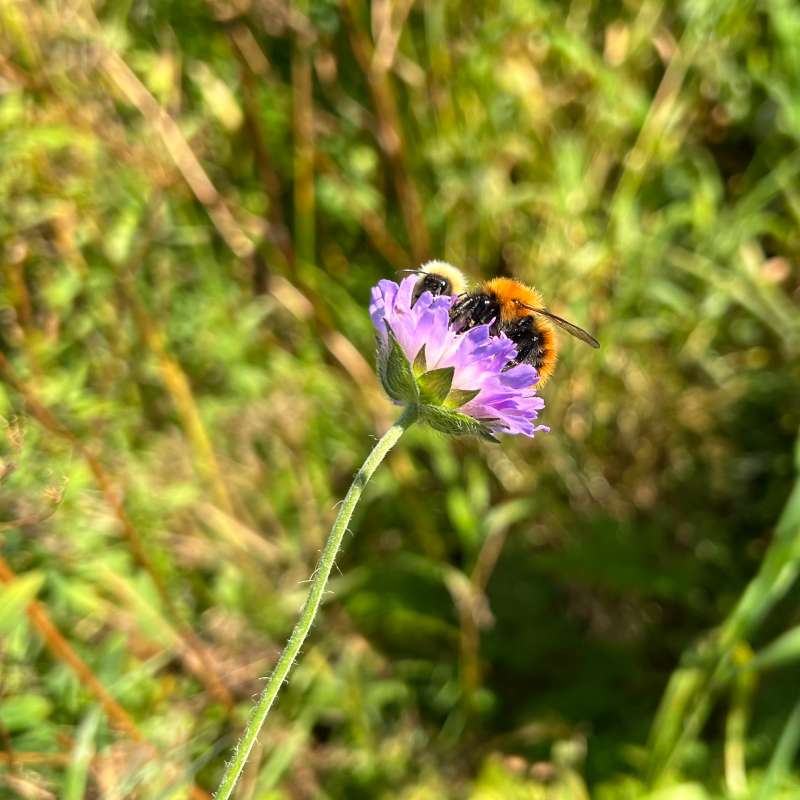Marie Vestergaard Henriksen
Forsker
(+47) 907 60 178
marie.henriksen@nibio.no
Sted
Trondheim
Besøksadresse
Klæbuveien 153, bygg C 1.etasje, 7030 Trondheim
Forfattere
Trygve S. Aamlid Elin Blütecher Ellen Johanne Svalheim Annette Bär Marie Vestergaard Henriksen Ievina Sturite Nils Ragnar S. Skjørholm Elise Krey Pedersen John Ingar Øverland Kari Bysveen Astrid GissingerSammendrag
Det er ikke registrert sammendrag
Forfattere
Pål Thorvaldsen Marie Vestergaard Henriksen Kristine Birkelid Siri Vatsø Haugum Per VesterbuktSammendrag
Det er ikke registrert sammendrag
Forfattere
Mélanie Spedener Jenny Larsen Valaker Juliette Helbert Franziska Veronika Schubert Karen Marie Mathisen Marie Vestergaard Henriksen Anders Nielsen Gunnar Austrheim Barbara ZimmermannSammendrag
Det er ikke registrert sammendrag

Divisjon for matproduksjon og samfunn
RESTORE: Restaurering av økosystemfunksjoner og biodiversitet i semi-naturlige naturtyper under sterkt arealpress
I RESTORE skal vi utvikle nye løsninger for restaurering av semi-naturlige natur som er i fare for tap og forringelse på grunn av endringer i arealbruk. Resultatene skal gi grunnlag for en bedre ivaretagelse av det biologiske mangfoldet og de økologiske funksjonene som finnes i semi-naturlig natur.

Divisjon for matproduksjon og samfunn
WINGS - Pollinatorvennlige kulturlandskap: Løsninger for forvaltning av leveområder under press
Pollinatorene er truet. Dette får konsekvenser både for det biologiske mangfoldet og matsikkerheten vår. I WINGS skal vi utvikle løsninger for å etablere mer pollinatorvennlige kulturlandskap.
